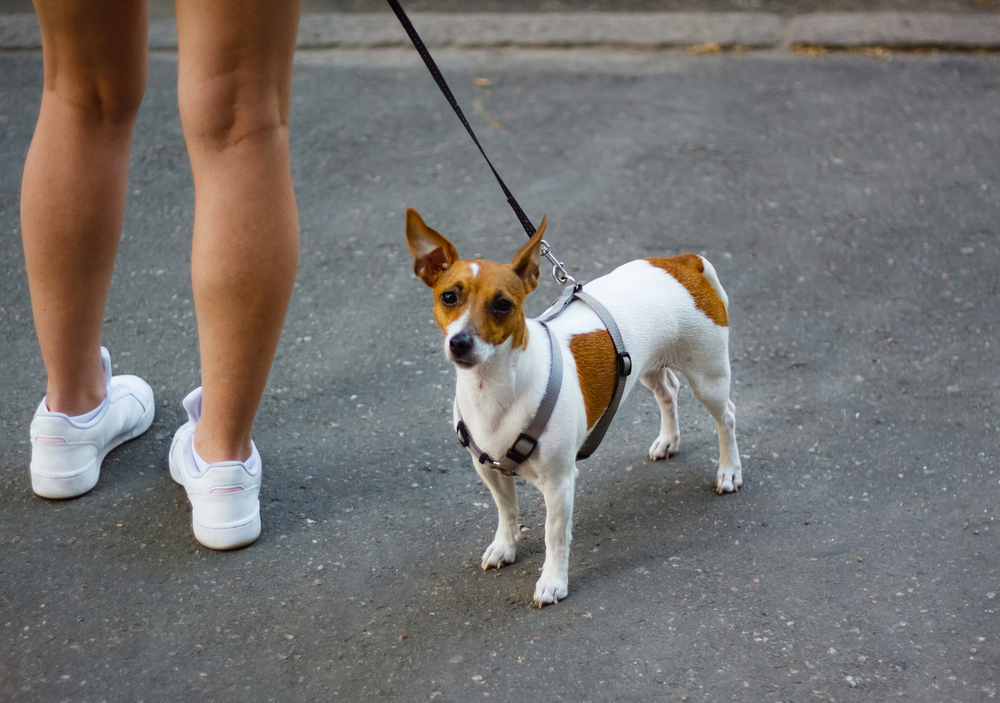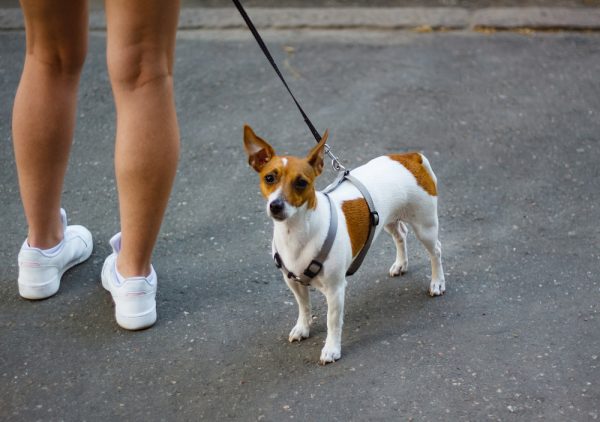We all want to see our dogs running wild and free. But if you don’t have a fenced yard or secure off-leash areas to play, it may be tempting to let your pup off the leash in public. After all, they come to you when you call them.
No matter how good your dog is with recall and staying close, letting them off leash isn’t a safe or wise decision in public places that aren’t secured. It may be less fun, but there are several reasons that leashing your dog is safer. Read on to learn those reasons!

The 6 Reasons to Leash Your Dog
1. Leashes Protect Your Dog
Public places have a lot of hazards for your dog, including traffic, other dogs, cats, and wildlife. An encounter with the wrong animal could cause a scuffle that leaves your dog with injuries, diseases, or worse. In addition, your dog may eat things they find along the way without you noticing, including potentially toxic foods.
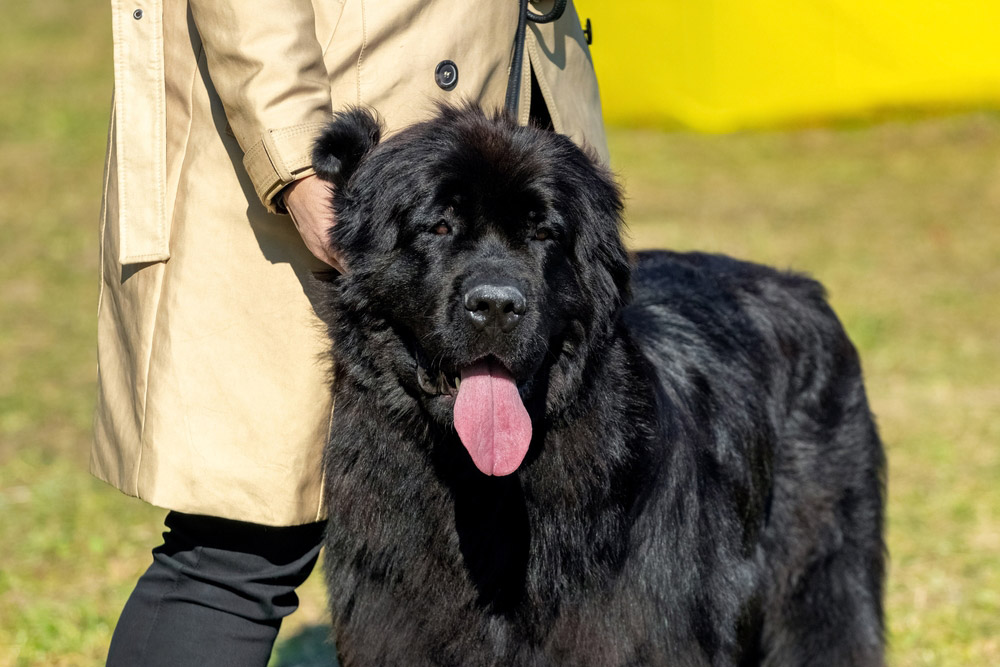
2. Leashes Keep Others Safe
A leash helps you keep control of your dog for their own safety and the safety of those around you. Even if your dog is well-behaved, some people are afraid of dogs and would prefer not to say “Hi.” Other dogs may not be friendly, either, or seeing a loose dog running around may trigger their aggression.
There’s also wildlife to consider, which may be a fun chase for your dog.
3. Leashes Protect Human Health
When your dog runs loose, they may poop somewhere you don’t see. Cleaning up after your dog is a common courtesy that’s important to keep public areas clean and safeguard human health. You can’t do your part if you can’t see where your dog goes.
4. Recall Isn’t 100%
Some dogs have a solid recall. No matter where they are, you can call and they come running back. Other dogs, even with training, are known to have poor recall, such as dogs with high prey drives. They may listen a lot of the time, but a glimpse of a squirrel or feral cat can send them running.
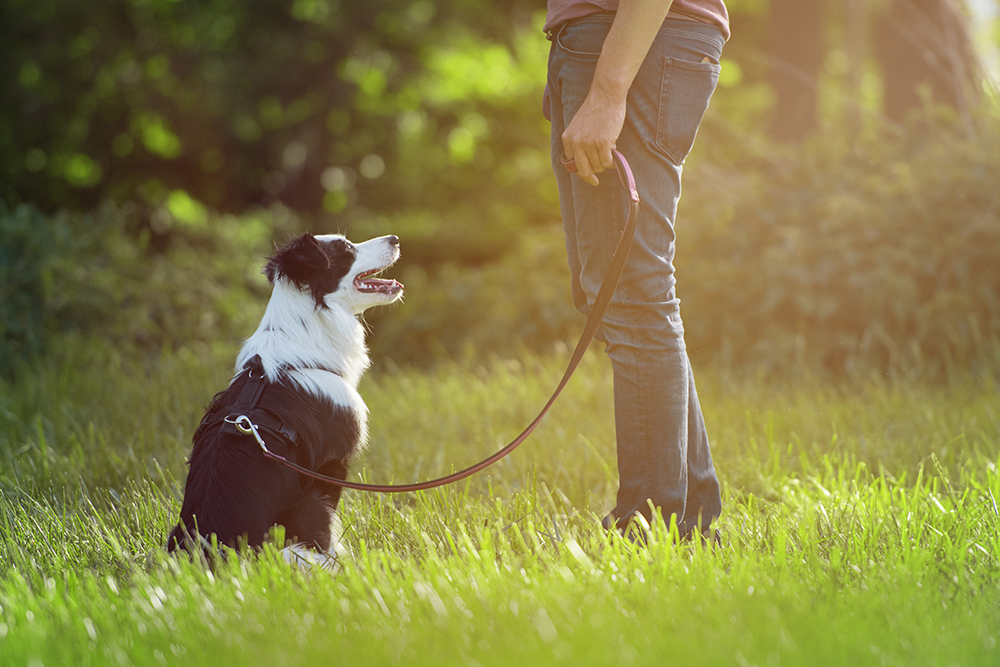
5. Leashes Keep Dogs from Wandering
Some public areas may seem safer for off-leash activities, such as quiet parks with nature trails. Still, your dog needs to be on a leash, even if you’re the only one there. Your dog can’t tell the difference between public and private property or dangerous areas, and they may wander into a place they shouldn’t be before you realize it.
6. Leashes Are the Law
Off-leash areas are the exception, not the rule. Most jurisdictions have leash laws to protect dogs, owners, and other people and wildlife. If you don’t see a sign that says your dogs are permitted off-leash, it’s best to err on the side of caution. You could end up with a hefty fine if you’re caught, or worse, legal consequences if your dog harms another animal or person—even if they didn’t start it.
How Can I Work on Off-Leash Training With My Dog?
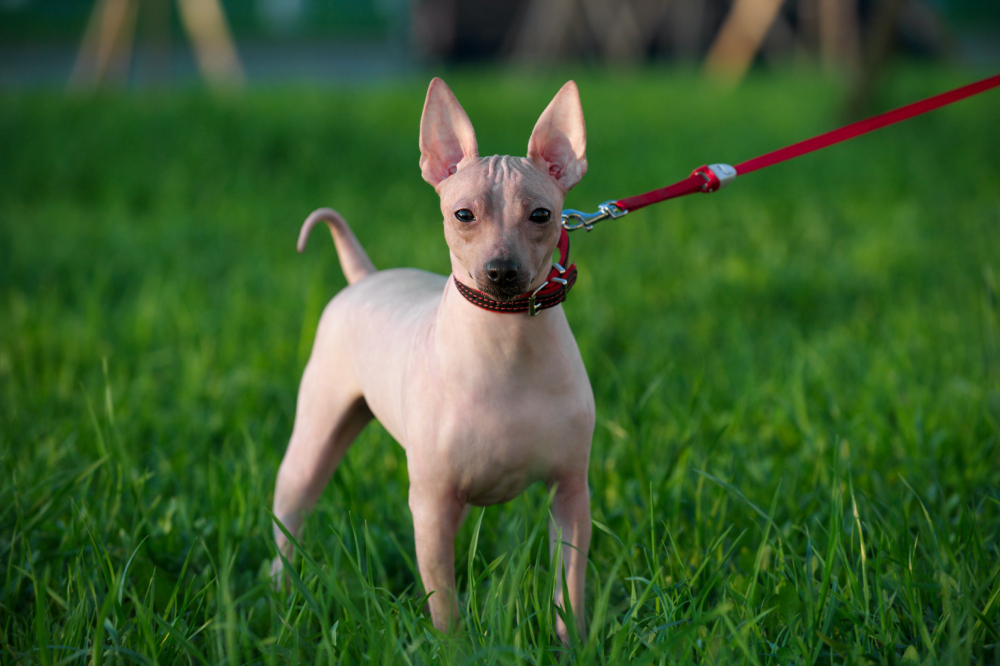
Your dog should be trained to accept the leash and be mannerly in public, but recall is important as well. For example, if you’re in public and the leash slips out of your hand for some reason, your dog should know to stay put or come to you when you call.
However, if you can’t take your dog off leash in public and don’t have a backyard, what can you do?
- First, no matter how hard you work, some dogs will never be completely reliable off-leash. But with a lot of practice, you can increase your dog’s off-leash reliability and recall to maximize the chances that they’ll come to you in an emergency.
- You can start building recall indoors. Teach your dog to sit, stay, and come to you in different areas of your home, such as the kitchen or bedroom. Move into different areas of the house to test your dog’s recall when you’re not nearby. Your dog should have solid indoor recall before you attempt outdoor recall without a leash.
- If you don’t have a fenced backyard, a dog park can be a suitable alternative. It’s best to go when it’s quiet, however, as multiple dogs and people may be too distracting for your dog and may inhibit your training efforts early on. As your dog’s recall improves, you can use dog parks to test their skills in the face of distractions.
- Check your area for other fenced public spaces, such as multi-use sports fields or parks with fenced areas. Just make sure dogs are allowed and clean up any messes. If you don’t have dog-friendly, secure spots, you can practice outdoor recall with a long training line. Though it’s still technically a leash, your dog has a lot more freedom to run around—and possibly ignore you—to reinforce strong recall, but you still have some control.
Conclusion
Playing with your dog off-leash is fun and exciting, but safety should always come first. No dog has perfect recall in all circumstances, especially with distractions. The safest option is to always keep your dog on a leash in public areas with other people, dogs, and traffic so you always have control.
Featured Image Credit: Jane_Zh, Shutterstock

